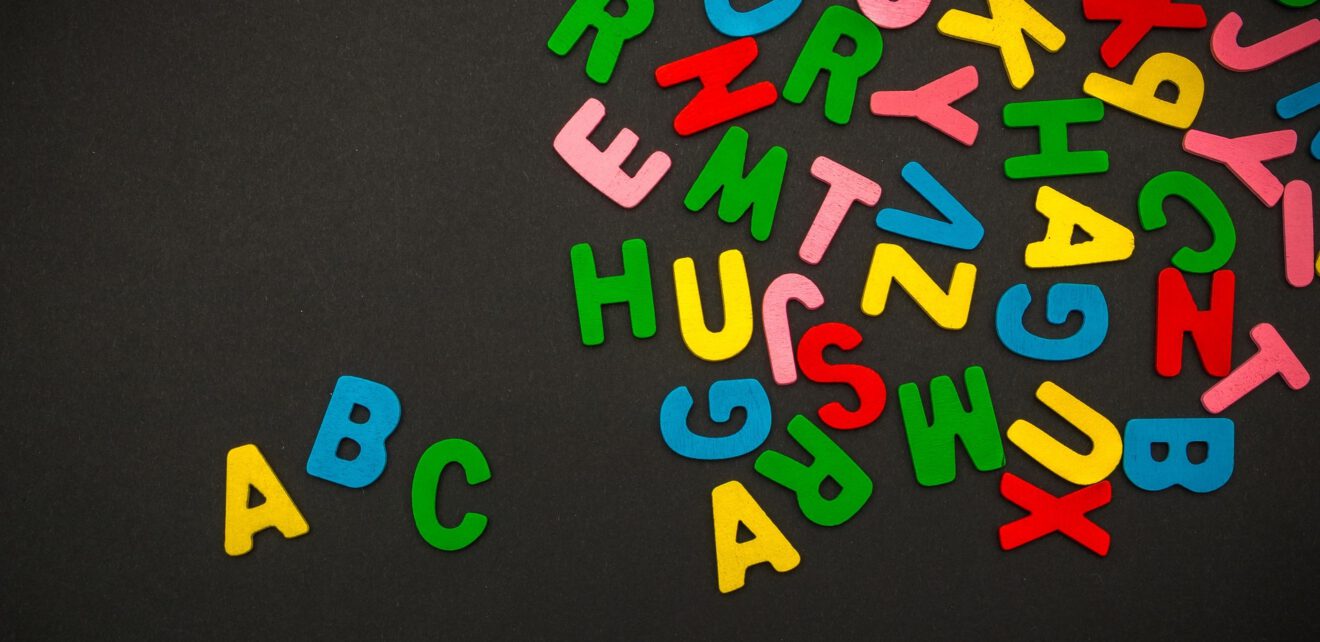Encouraging student voice among young, English Language Learners who are still building their vocabulary is challenging. Some technology tools can help support this process.
As a looping teacher in Pre-K and Kindergarten at a Title 1 school, I’ve witnessed many ELL students unable to read and too shy to speak, blossom into reading and comprehending at a first-grade level, in just one year. P21’s Early Childhood Guide mentions the importance of “[building] an environment where children learn to use technology that is age-and developmentally-appropriate… and contains educational and positive content to enhance creativity and information gathering.”
You don’t need to be a 1-to-1 school or district to create this environment. My 24 students share six iPads and small groups encourage collaboration and communication among peers. We incorporate tech-based activities with writing exercises and classroom conversations.
Here’s how we do it.
Get organized. Because I do teach standards, my goal is for my kindergarteners to be able to write at least one sentence. I start with a graphic organizer, a physical activity where students collect information on a topic which can also be used to answer questions. For example, a popular one that I’ve created is called, “What do you want to be when you grow up?” The graphic organizer allows students to organize their thoughts and practice their writing at home.
Ivan is a very timid ELL student. He rarely spoke and couldn’t read. This exercise, which develops creativity and writing, helped him decide that he wants to be a train conductor. I was excited to see how he would engage in researching a topic that he was passionate about.
Let them explore their interests. After completing the graphic organizer activity, I have students conduct research on Epic!, a digital library for PreK-6 graders. It is a closed platform, built for children, so students can safely explore resources.
Ivan found five Read-To-Me books about trains. Immediately, he started talking and asking questions, building his vocabulary and his self-confidence. When kids have the opportunity to explore their passions and interests, it encourages them to speak up and use their voice.
Combine technology. Every school year, I also set a personal goal to add one new edtech tool into my classroom rotation. This year, I combined Epic! with Flipgrid, an app that promotes fun and social learning by giving every student an equal and amplified voice. The “AppSmash” that I created has become a huge hit in my classroom. Young learners, at every level, are not only owning their learning but they’re using their voice to share what they know.
Provide a platform and structure for student voice. Flipgrid allows students to answer questions on video and share them with their peers, in a safe environment. Students not only record their voices but have the opportunity to hear other students’ voices as well. This has given my ELL students many digital peer models.
And it’s boosted their writing. Using Flipgrid is an incentive for them to write more in their graphic organizer activity because then they can record longer answers. My kindergarteners love talking on video (they feel more at ease than talking in front of the classroom). They’ve found the confidence to use their voice and are increasing their knowledge acquisition at the same time.
This might not sound like a typical practice for five-year-olds, but I remind myself that these students are digital natives. Most students are using technology at home so it’s important to start healthy and responsible digital learning in the classroom, too. My hope is that when my students grow up, no matter what they choose to do in life, they will all feel confident to boldly speak up for what they believe.
Michael Hughes is an edtech innovator and pioneer of the Epic!/Flipgrid “AppSmash” in his kindergarten classroom at Parkridge Elementary School in Corona, CA. He will be presenting at ISTE 2019. He was recently named 2019 Riverside County Teacher of the Year. Follow Michael on Twitter and see how he’s guided students from choice to voice.
____________________________________________________________________________
Like this article? Sign up for SmartBrief on EdTech to get news like this in your inbox, or check out all of SmartBrief’s education newsletters , covering career and technical education, educational leadership, math education and more.
